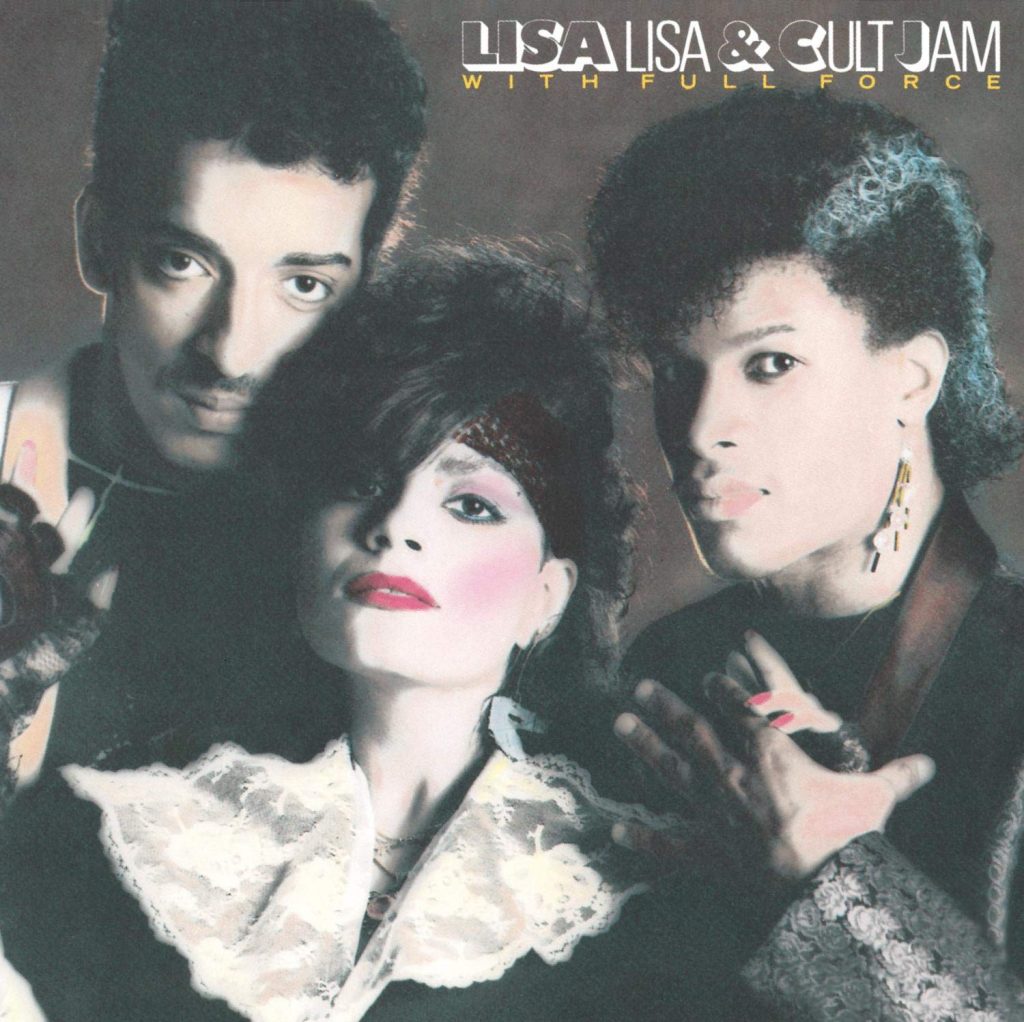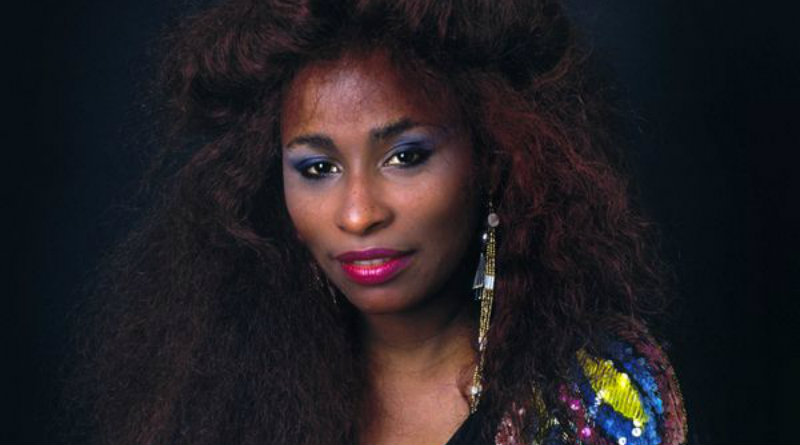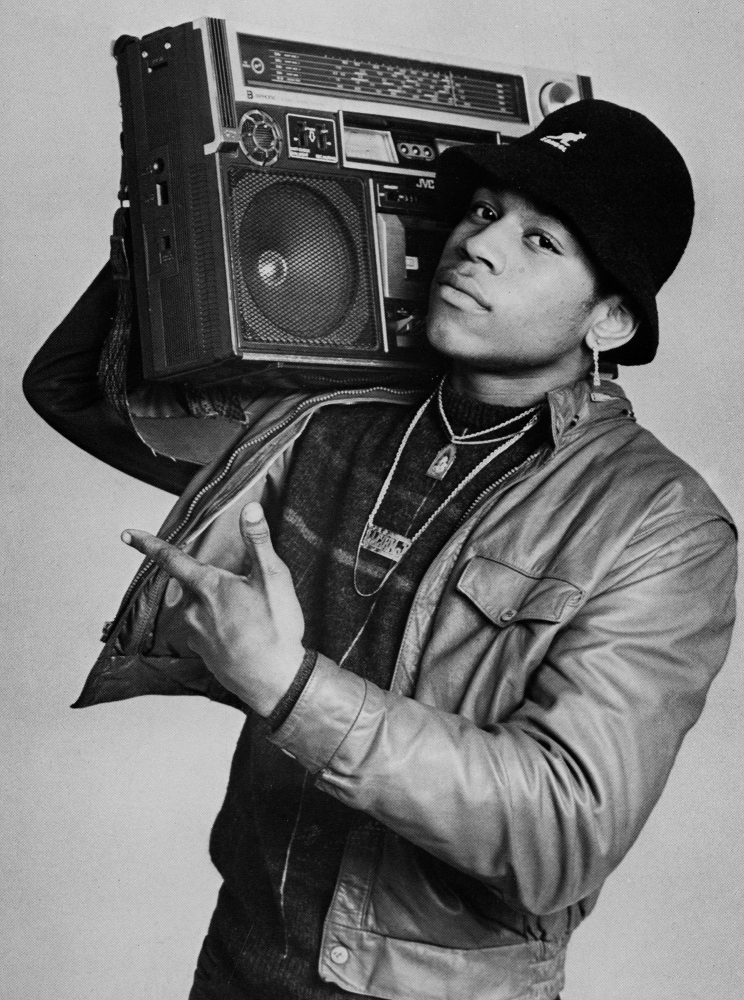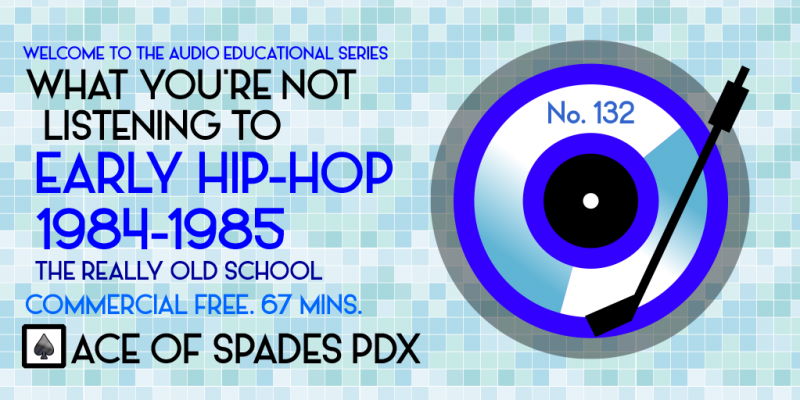Podcast: Play in new window | Download | Embed
In the sixth and seventh years of emergence into recorded music, Hip-Hop was branching out into the mainstream through inroads into Dance and Pop music with two new hybrids, Hip-Hop Soul and Latin Freestyle, while MC’s started to become more forceful in their delivery and a new sonic experience, the Human Beatbox, was making its mark on the culture. #oldschool #blackmusic #hiphop #electronic #bboys #bgirls #hiphopsoul #humanbeatbox #freestyle
WARNING: This program contains language some may find objectionable. There are also no ballads in this program.
Thanks to the mega-selling album Thriller by former child star Michael Jackson, all of sudden, the record industry had come out its slump after the Disco backlash of 1979 and Black artists were once again on the charts in a major way starting in 1983. During this time, Hip-Hop was starting to branch out with two new sub-genres, with Freestyle Dance and Hip-Hop Soul making a huge impact on the music landscape.

The records were becoming shorter, which aided radio airplay, though it would still be years before you might hear it prior to 8:00 p.m., even on Urban stations. Hip-Hop recordings were now regularly reaching half-million units in sales, and the emergence of the 12″ vinyl 33 1/3 RPM full length album in Hip-Hop as a musical statement meant artists now had much more room to expand their ideas.

Some of the acts were working alongside white group and production members, like LL Cool J with producer Rick Rubin, but other artists of color were stepping out into the forefront as well. Freestyle, which in this reference is not referring to an MC spontaneously reciting a rap right off the top of their head, but as Dance music, sometimes called Latin Freestyle due to the sheer number of people of Hispanic/Latinx origin in the scene, particularly women.

Even though individuals had been using the human beatbox style of performing for years, using vocals and a type of slapping against one’s body to mimmic sounds of all types, it truly came to the fore in 1985 with the 12″ double-sided single “The Show” b/w “La Di Da Di” by Doug E. Fresh and The Get Fresh Crew. All of sudden, a new type of sonics that was completely human was in the mix that provided a stark contrast to rise of the electronic drums, DJ turntable scratching and with increasing regularity, actual musical instruments, especially staccato, hard rock guitar riffs.

Additionally, though a host of new independent labels were about to replace the once-dominant Sugar Hill, which went into bankruptcy in 1986, major labels were also beginning to not just distribute these smaller labels nationally, like Columbia with Def Jam, but search out acts and release Hip-Hop music on their own.

In 1984, Purple Rain, a film starring another of the decade’s defining Black artists, Prince, was a surprise critical and commercial hit, and the soundtrack spent 24 weeks at the pole position of the Billboard 200 LP chart. A group of lower-budget Hip-Hop films followed in ’84 and ’85, including Krush Groove, Breakin’, Beat Street and its sequels, Beat Street 2 and Rappin’ soon arrived in theatres, along with accompanying soundtrack albums. Though these other films they didn’t achieve the same level of success as Purple Rain, they did start a new wave of Blaxploitation cinema.

1985 is considered by many to be the end of the original “Old School” Hip-Hop scene, as 1986 would see it explode nationally in a way most of white America did not see coming to what be called the start of the “Golden Age of Hip-Hop”. As I am told by those far better in the know, knowledge and understanding and respect for Hip Hop and its roots are vital. This is the third part in a series of shows that focuses on some fan favorites and key tracks in Hip-Hop’s first decade.
First Part
- Roxanne Roxanne, 1984, UTFO, B-side to “Hangin Out”
- Roxanne’s Revenge (street version), 1984, Roxanne Shante, 12″ demo recording
- I Wonder If I Take You Home (single edit), recorded 1984/ single release 1985, Lisa Lisa and Cult Jam with Full Force, 7″ single A-side, full-length version on Lisa Lisa and Cult Jam with Full Force
- The Show (original), 1985, Doug E. Fresh & The Get Fresh Crew, 12″ single A-side
- The Roof Is On Fire (remix), 1985, Rock Master Scott & the Dynamic Three, 12″ single A-side
Second Part
- Rock The Bells, 1985, LL Cool J, Radio
- The Freaks Come Out At Night, 1984, Whodini, Escape
- Egypt, Egypt, 1984, Egyptian Lover, Egypt, Egypt EP
- Lookout Weekend, 1984, Debbie Deb, 12″ single A-side
Finale
- I Feel For You (album version), 1984, Chaka Khan, I Feel For You
Love to you all.
Ben “Daddy Ben Bear” Brown Jr.
Host, Show Producer, Webmaster, Audio Engineer, Researcher, Videographer and Writer
Instagram: brownjr.ben
Twitter: @BenBrownJunior
LinkedIn: benbrownjunior
Design Site: aospdx.com
“Copyright Disclaimer Under Section 107 of the Copyright Act 1976, allowance is made for ‘fair use’ for purposes such as criticism, comment, news reporting, teaching, scholarship, and research. Fair use is a use permitted by copyright statute that might otherwise be infringing. Non-profit, educational or personal use tips the balance in favor of fair use.”
